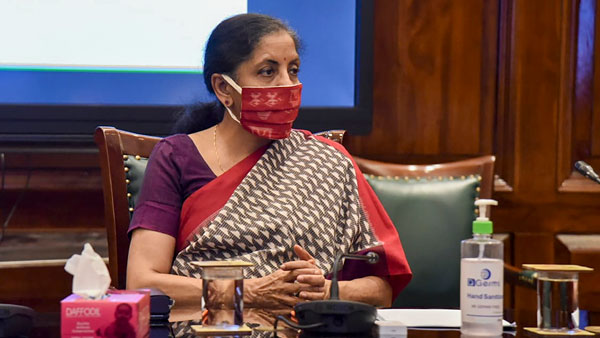The revival in steel demand is expected to continue this year even as high raw material prices and end users’ concerns on rising steel prices will be key challenges.
Hit by the Covid pandemic, steel production in India was down 10 per cent at 100 million tonne last year, against the 111 mt logged in the same period in the previous year.
If not for the government spending on infrastructure, steel demand would have fallen even sharply as the Covid pandemic has taken a heavy toll on the industry.
Full recovery
Though domestic demand recovered to pre-Covid levels in August with economic activities limping back to normalcy, a full-blown recovery was seen only in November when sales volume surged 11 per cent year-on-year.
Despite the momentum in demand, recovery is expected to continue in the March quarter and overall sales this fiscal will be down by about 12 per cent. From there on, the demand growth will be bolstered by the statistical low-base effect.
Seshagiri Rao, Joint Managing Director, JSW Steel, said the year gone by could easily be termed as the worst for the steel industry in last 70-years due to Covid pandemic that devastated global economic growth.
The business plans prepared in the beginning of the calendar year required significant downward revisions, and sectors such as tourism, hospitality, transport and entertainment will take a longer time to recover, he added. While 2020 was the year of despair, JSW Steel’s expansion plans and inorganic growth through acquisitions are expected to coincide with a rebound in economic activity, said Rao.
Prices to remain firm
Though the user industry has raised serious concerns over the sharp rise in steel prices, it will remain at elevated levels due to the firm trend in global markets.
Steel companies in India pushed up hot-rolled coil prices by ₹13,800 a tonne to ₹51,050 in December through multiple hikes since August – this is an increase of 37 per cent compared to last year.
Despite frequent upward revision, domestic steel prices are still 6-8 per cent below the landed cost of imports, leaving more room for domestic producers to rise prices further.
After sliding to a low of $409 a tonne last April from $499 per tonne in January, China HRC fob (free on board) prices rebounded to $647 a tonne between April and December.
Global prices also touched an 8-year high in December on healthy demand and soaring iron-ore prices.
“We expect steel prices to remain high in the January-March quarter with a sequential price hike of ₹7,000-8,500 a tonne, leading to an increase of 15 per cent year-on-year,” said Crisil Research report.
High iron ore prices
Domestic iron ore (64% Fe) prices month-on-month increased by 28 per cent in December to ₹4,610 a tonne (excluding royalties and other levies).
The price was higher by 95 per cent compared to December last year.
Global iron ore prices increased 75 per cent year-on-year to $159 a tonne in December, and are at the highest levels since March 2013. The constraints in iron ore movement in Odisha and strong revival in demand to pre-Covid levels are expected to fuel price hike of the key raw material in the medium term. The domestic supply shortage is also driven by the delay in ramp-up of production at the iron ore mines in Odisha auctioned in March due to the high, unviable premiums and Covid-led disruptions.
While the State and Central government have taken measures to address short supply, it is unlikely to boost supply in the near term.
Global supply
Though iron ore prices may soften slightly once supply improves, it will remain at elevated levels due to the structural changes in the cost miners pay as premium. The global supply has also been constrained by the supply disruptions in Brazil and South Africa.
The high premium committed by miners at the recent auction in Odisha is expected to create an imbalance between private miners and state-owned companies whose mines are renewed automatically under the MMDR Act.

